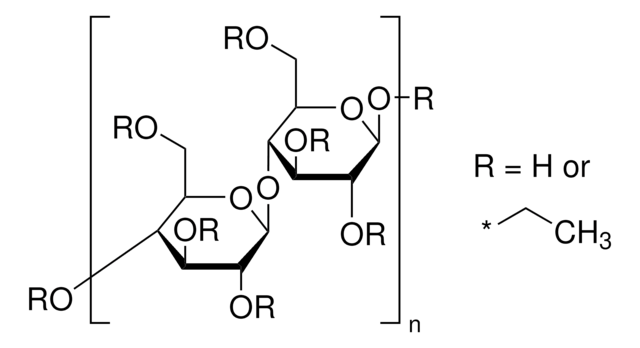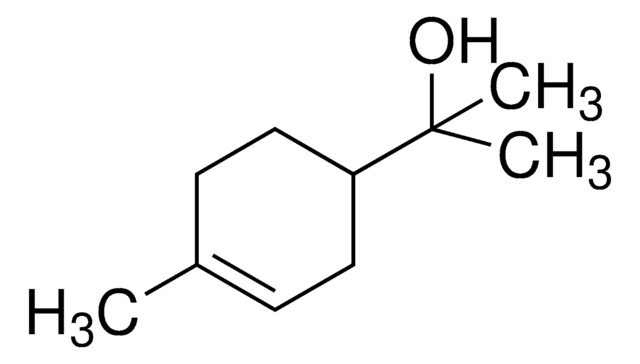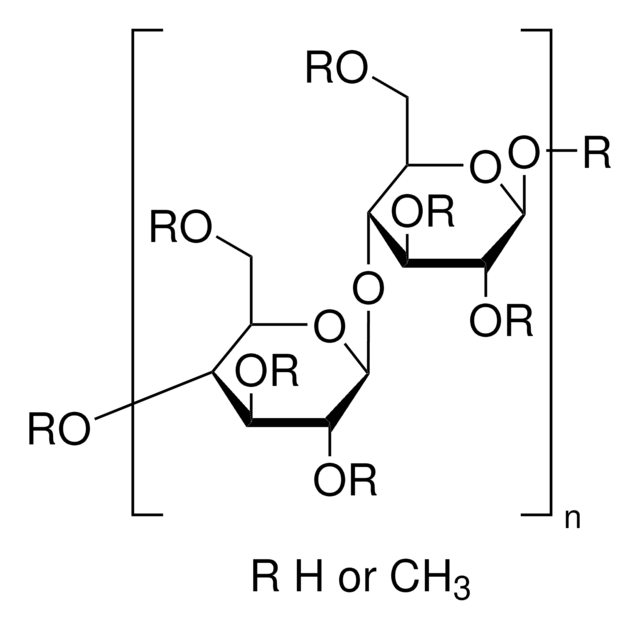Kluczowe dokumenty
200646
Ethyl cellulose
viscosity 4 cP, 5 % in toluene/ethanol 80:20(lit.), extent of labeling: 48% ethoxyl
Synonim(y):
Etyloceluloza
About This Item
Polecane produkty
Formularz
powder
Poziom jakości
temp. samozapłonu
698 °F
stężenie
48.0-49.5%
zakres etykietowania
48% ethoxyl
współczynnik refrakcji
n20/D 1.47 (lit.)
lepkość
4 cP, 5 % in toluene/ethanol 80:20(lit.)
temp. przejścia
softening point 155 °C
gęstość
1.14 g/mL at 25 °C (lit.)
ciąg SMILES
O1[C@H](C(C(C(C1COCC)OCC)OCC)OCC)O[C@@H]2C(OC(C(C2OCC)OCC)OCC)COCC
Klucz InChI
MINRZDZESGXKDM-OLIDUAMRSA-N
Szukasz podobnych produktów? Odwiedź Przewodnik dotyczący porównywania produktów
Powiązane kategorie
Opis ogólny
Zastosowanie
Kod klasy składowania
11 - Combustible Solids
Klasa zagrożenia wodnego (WGK)
WGK 1
Temperatura zapłonu (°F)
Not applicable
Temperatura zapłonu (°C)
Not applicable
Środki ochrony indywidualnej
Eyeshields, Gloves, type N95 (US)
Wybierz jedną z najnowszych wersji:
Masz już ten produkt?
Dokumenty związane z niedawno zakupionymi produktami zostały zamieszczone w Bibliotece dokumentów.
Klienci oglądali również te produkty
Nasz zespół naukowców ma doświadczenie we wszystkich obszarach badań, w tym w naukach przyrodniczych, materiałoznawstwie, syntezie chemicznej, chromatografii, analityce i wielu innych dziedzinach.
Skontaktuj się z zespołem ds. pomocy technicznej




